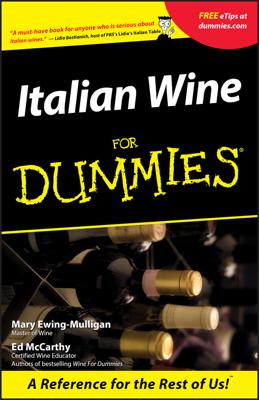You never have to worry about Madeira getting too old. It’s indestructible. The enemies of wine — heat and oxygen — have already had their way with Madeira during the winemaking and maturing process. Nothing you do after it’s opened can make it blink.
If a Madeira is dated with the word Solera — for example, Solera 1890 — it is not a Vintage Madeira but a blend of many younger vintages whose original barrel, or solera, dates back to the date indicated. Solera-dated Madeiras can be very fine and are generally not as expensive — nor as great — as Vintage Madeiras. But Solera Madeiras are becoming obsolete today.
In their place is a new style of Madeira, called colheita or Harvest. This style is modeled after colheita Porto in that colheita Madeira is a single vintage-dated Madeira wine. Colheita Madeira doesn’t have to spend a minimum of 20 years aging in cask, as does Vintage Madeira, but only five — or seven for the driest, Sercial. (For example, the 1994 colheita Madeira debuted in 2000 at only six years of age.)
Colheita Madeira is much less expensive than Vintage Madeira. Most of the major Madeira shippers are now selling colheita; sales of vintage-dated Madeira have doubled since the introduction of this style.
Vintage, colheita, and solera-dated Madeiras are made from a single grape variety and are varietally labeled. The grapes include five noble white grape varieties and one less noble red variety. Each variety corresponds to a specific style of wine; they are listed here from driest style to sweetest:
Sercial: The Sercial grape grows at the highest altitudes. Thus, the grapes are the least ripe and make the driest Madeira. The wine is high in acidity and very tangy. Sercial Madeira is an outstanding apéritif wine with almonds, olives, or light cheeses. Unfortunately, true Sercial is quite rare today.
Verdelho: The Verdelho grape makes a medium-dry style, with nutty, peachy flavors and a tang of acidity. It’s good as an apéritif or with consommé.
Bual (or Boal): Darker amber in color, Bual is a rich, medium-sweet Madeira with spicy flavors of almonds and raisins and a long, tangy finish. Bual is best after dinner. Like Sercial, true Bual is rare today.
Malmsey: Made from Malvasia grapes, Malmsey is dark amber, sweet, and intensely concentrated with a very long finish. Drink it after dinner.
Terrantez: Medium-sweet, between Verdelho and Bual in style, this is a powerful, fragrant Madeira with lots of acidity. For some Madeira lovers, Terrantez is the greatest variety of all. Unfortunately, very little Terrantez is available today. Drink it after dinner.
The less-noble red Tinta Negra Mole variety is the dominant grape for today’s Madeira production (used for more than 85 percent of Madeira wines), because it grows more prolifically than the five noble varieties (Sercial, Verdelho, Bual, Malmsey, and Terrantez) without the diseases to which they are prone.
Also, it is less site-specific; it can grow anywhere on the island, unlike the noble varieties, which grow in vineyards close to the sea where the urban sprawl of Funchal, Madeira’s capital city, impinges on them. Previously, the less-regarded Tinta Negra Mole wasn’t identified as a variety on bottles of Madeira, but now, the huge Madeira Wine Company is beginning to varietally label Tinta Negra Mole Madeiras.
A final grape that’s traditional in Madeira is Bastardo, the only red grape of the noble varieties. Old Bastardos from the last century are mahogany-colored and rich, but not so rich as the Terrantez. Bastardo is no longer used for commercial production.

